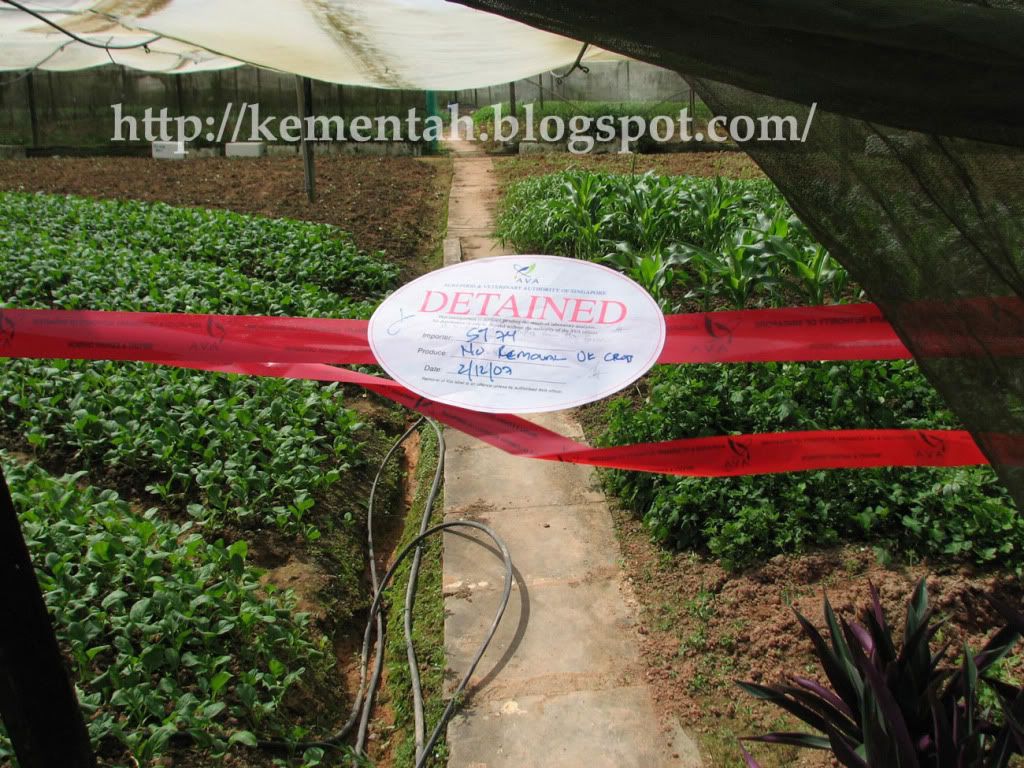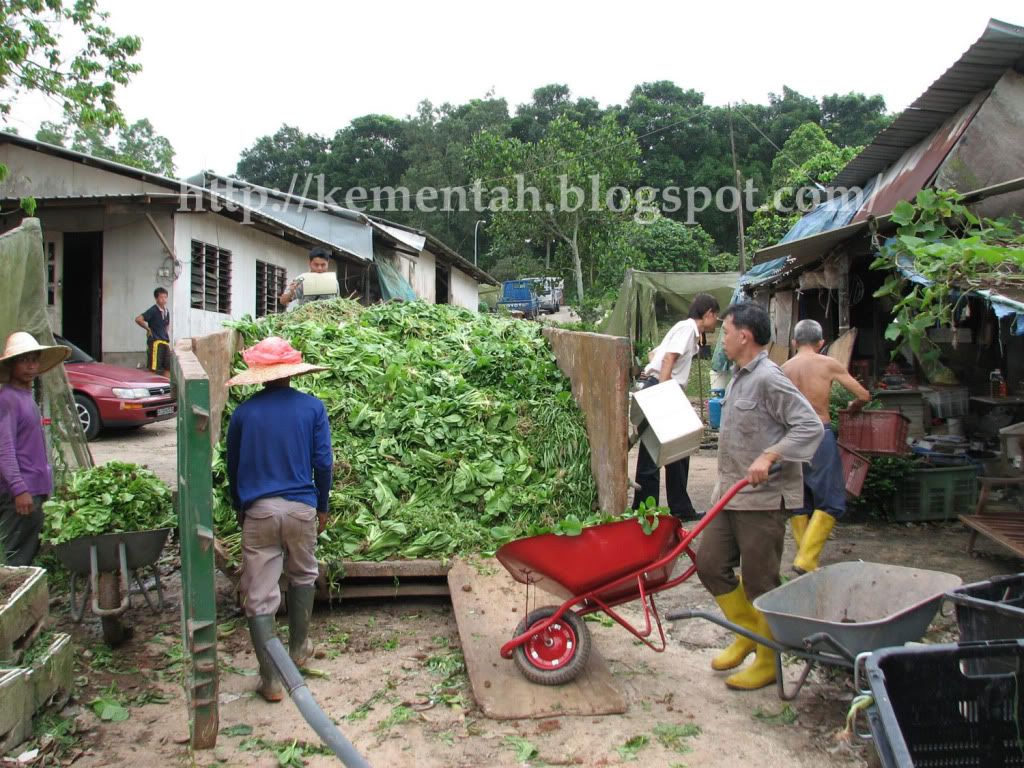This essay illustrates that the job of building goodwill with the community is a long-term process. Returns from Civil Military Relations cannot be expected overnight, nor are these easily quantified. The same applies to goodwill banked with the media.
In November 2007, residents around Tengah Airbase in Singapore were alarmed to find their property dusted with mysterious red spots.
Cars, farm produce like herbs, fruit and leafy vegetables - even someone's white pet cat - were peppered with the red spots.
Investigations traced the source of the dye to Tengah Airbase, where an F-16 had been conducting ground tests with a red dye mixture sprayed into the hot exhaust plume of the single engine warplane.
The botched trials were part of preparations by the crack Republic of Singapore Air Force (RSAF) Black Knights precision aerobatics display team. The six-plane team was preparing for its curtain call at the Singapore Air Show 2008.
The rich red plume that emerged from the hot engine nozzle was carried by prevailing winds as far away as Bukit Timah and caused red faces in the RSAF.
But the RSAF worked decisively.
Air Force staff officers and WOSEs wasted no time reaching out to the community around their sprawling base.
The people who live and work around Singapore's largest fighter aircraft base are no strangers to WSAT.
Decades ago, the airbase started building ties with communities around Tengah to seek the understanding of its neighbours whenever noise levels went a tad too high.
Rather than sit around, passively waiting for noise complaints to pile up, the RSAF took active steps to inform and educate residents on activities on and above the base that could result in high noise levels. In addition, schools were asked for their examination calendar - so that RSAF warplanes could avoid engine ground runs or low flying activities during school examinations.
Even as fully-armed and battle-ready pilots and aircrew stood guard at WSAT alert pads, the sound of freedom went silent for the benefit of thousands of Singaporean school children during the school exam season.
This outreach was ramped up before the first ever Emergency Runway Exercise in the 1980s and has continued on a regular basis ever since. This was no flash-in-the-pan PR exercise. The RSAF thinks long-term.
RSAF warfighters reached out to thousands of households in this pioneering effort in civil-military relations, with one generation of RSAF personnel handing over the skill sets to the next generation of servicemen and servicewomen and so on. The baton has been passed on for more than 20 years, with successive generations of warfighters finding better and more creative ways of communicating with WSAT's neighbours.
The trust and confidence fostered through years of community outreach efforts paid dividends in November 2007. As RSAF officers went door-to-door explaining the situation, they met an understanding and sympathetic audience who trusted that the Air Force would set things right.
The RSAF honoured that trust.
A multi-agency effort spearheaded by the RSAF, Tengah Airbase and agencies such as the Agri-Food and Veterinary Authority of Singapore (AVA) left no stone unturned as it worked to generate and sustain damage control measures.
After thorough investigations, the Singaporean Ministry of Defence (MINDEF) paid $370,000 to people and businesses affected by the red dye incident.
Of this sum, $332,000 was paid to six farm owners to compensate them for vegetables and farm produce destroyed. The remaining amount was compensation for car, building and home owners affected by the dye.
AVA Spokesman Goh Shih Yong tells how AVA worked with the RSAF to contain the situation.
I am grateful to AVA for its openness.
1. How closely did AVA work with MINDEF on during this episode?
Very closely. In fact AVA met up with MINDEF daily.
2. How much latitude did MINDEF allow AVA in communicating with the affected farmers?
We met up with the farmers together.
3. What areas were deemed sensitive and how did AVA work around these constraints. In hindsight two years on, were the sensitivities really touchy issues?
AVA did not see any sensitivity in the episode. We were upfront with the farms and shared with them their concerns.
4. How unhappy were the farmers? Were they vocal? What do you remember of their feelings?
They are worried about their crops being destroyed. However, we assured them that they will be fairly compensated.
5. What learning points did AVA take away from this incident? How could the situation have been managed better?
Keep communication lines with the media and the farms open. We showed compassion, sincerity, integrity and that we care. ie We will be there for you !
6. Was there any gag order on information released or moves to try to minimise publicity?
No gag order was issued. I could recall ST, Zaobao, TV and the evening papers were present most of the time, almost daily. My principle has always been this - say what has happened and what is happening.


No comments:
Post a Comment